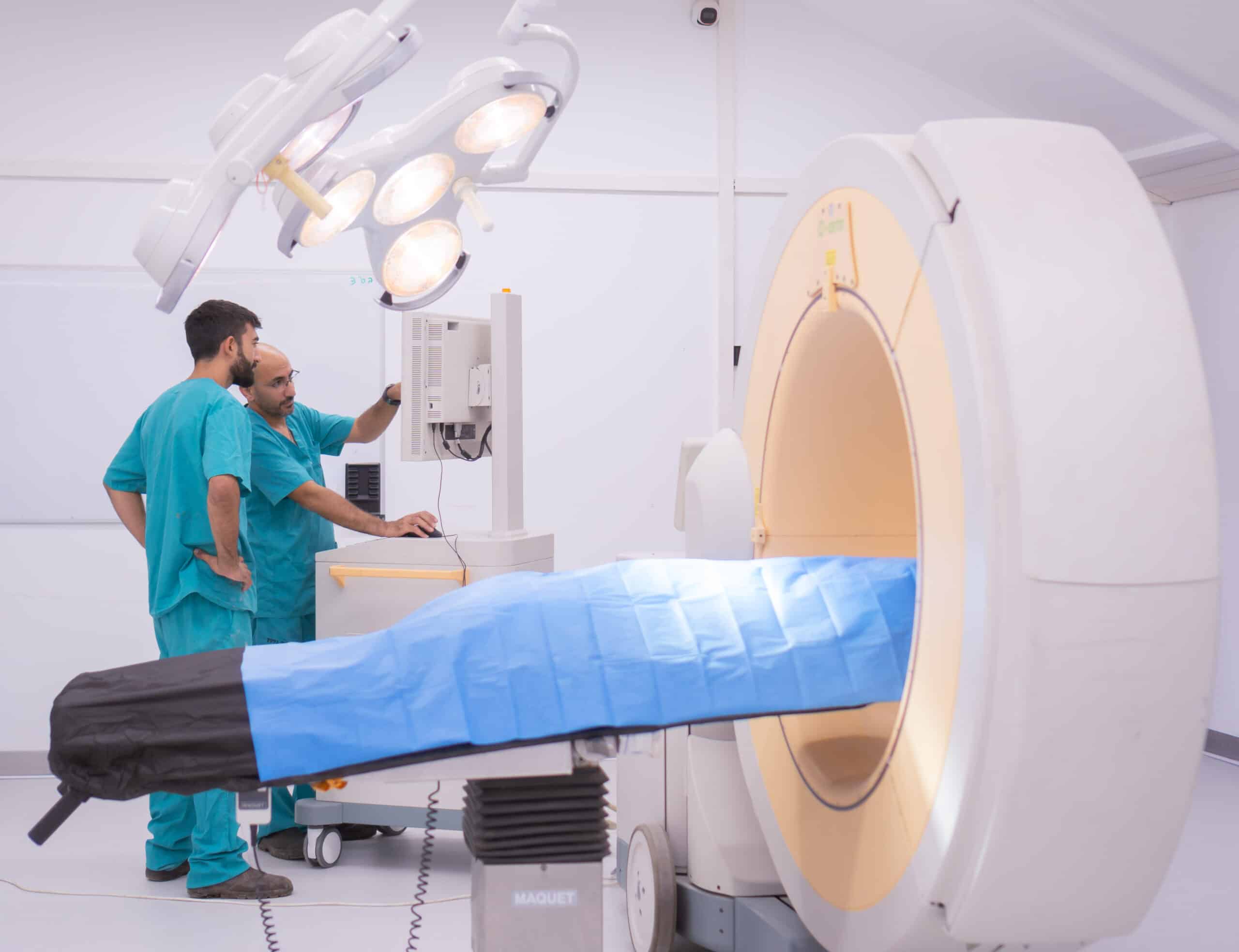Optimizing Treatment: The Crucial Role of PK Studies in Pharma
Pharmacokinetics (PK) studies are crucial in the world of pharmaceuticals, serving as the backbone for understanding how drugs move through the body. They’re not just a regulatory checkbox but a pivotal step in ensuring efficacy and safety.
By delving into absorption, distribution, metabolism, and excretion, PK studies offer a window into a drug’s journey from entry to exit. It’s an intricate dance between biology and chemistry that determines a medication’s ultimate success.
Researchers and healthcare professionals rely on these studies to make informed decisions, tailoring treatments to achieve optimal therapeutic outcomes. As they say, knowledge is power, and in PK studies, it’s the power to heal.
Importance of PK Studies
Pharmacokinetics (PK) studies hold a pivotal role in the pharmaceutical industry as they form the backbone of drug development and approval processes. These studies serve as a driving force behind dosage determination, providing a scientific basis for the frequency and quantity of drug administration. Accurate PK data ensures that medications reach the intended therapeutic range without causing toxicity or subtherapeutic effects in patients.
With the advent of personalized medicine, PK studies have gained even more importance. They account for individual variations such as genetics, age, weight, organ function, and concomitant medications, which can influence how a person’s body processes a drug. Pharmacokinetics can explain why two patients may respond differently to the same dosage of a medication, a fundamental observation for tailoring treatment to an individual level.
Also, PK assessments are integral in the safety evaluation of new drugs. Regulatory bodies like the FDA require a comprehensive PK profile before granting approval for any new therapeutic agent. Researchers meticulously analyze PK parameters to predict drug interactions and adverse effects, eventually safeguarding public health.
In clinical settings, the data derived from PK studies inform physicians about the optimal blood concentration levels needed to achieve desired effects. This information helps adjust dosages in special populations, such as those with kidney or liver impairments, ensuring that efficacy is maintained while minimizing potential harm.
Pharmacokinetics also plays a crucial role in the development of biosimilars and generic drugs. PK comparisons between a proposed product and an established one are necessary to establish bioequivalence, a prerequisite for these drugs to enter the market. Through these comparisons, manufacturers can demonstrate that their products act within the same therapeutic window, offering comparable safety and efficacy profiles.
As the pharmaceutical world evolves with the introduction of novel therapeutics, robust PK studies will continue to steer the course of drug development. These studies not only assure effective treatments but also fortify the foundation of trust that patients and healthcare providers place in medicinal products.
Basics of Pharmacokinetics
Pharmacokinetics involves the study of how drugs move through the body during absorption, distribution, metabolism, and excretion, often abbreviated as ADME. By understanding ADME, scientists can predict a medication’s onset of action, duration of effect, and how frequently it needs to be taken to maintain its therapeutic levels.
Absorption is the pathway drugs follow from their site of administration to the bloodstream. This process is influenced by factors like the drug formulation, route of administration, and the presence of food in the stomach.
Distribution refers to the dispersal of the medication throughout body fluids and tissues, with the drug’s lipophilicity and protein binding characteristics dictating its distribution volume.
Metabolism involves the enzymatic conversion of a drug into its metabolites, which could be either active or inactive. The liver is the primary organ responsible for drug metabolism, but the process can occur in other tissues including the gastrointestinal tract and kidneys.
Excretion is the final phase when drugs and their metabolites are eliminated from the body, predominantly through urine or feces. Kidney function is a crucial determinant in this phase, affecting drug clearance and the potential for drug accumulation and toxicity.
Drug interactions can significantly impact pharmacokinetics. When two drugs are taken together, they may interfere with each other’s ADME processes. For example, one drug may inhibit the metabolism of another, leading to increased blood levels and potential side effects.
Biosimilars and generic drugs undergo rigorous PK assessment to ensure they have comparable ADME profiles to their branded counterparts. This ensures that these alternatives are therapeutically equivalent, with no significant difference in effectiveness or safety.
The integration of pharmacokinetic data with pharmacodynamic information, which provides insight into a drug’s biological effects, forms the foundation for dose optimization. Tailoring dosages based on PK factors represents an essential step toward personalized medicine and helps to achieve the maximum intended benefit from drug therapies.
Absorption and Drug Distribution
When a medication enters the body, it must first be absorbed into the bloodstream before it can be distributed to the tissues and organs where it’s needed. Absorption is a critical pharmacokinetic process that determines how quickly and how much of a drug reaches the systemic circulation. Various factors can influence a drug’s absorption, including its chemical properties, form, and the presence of food in the stomach.
For example, drugs given orally generally have a slower onset of action because they must pass through the gastrointestinal tract. This involves overcoming barriers such as stomach acidity and intestinal enzymes. In contrast, intravenous medications bypass these barriers, leading to more rapid and complete absorption.
Once absorbed, the drug must be distributed properly to exert its intended effect. Distribution depends not only on blood flow to various organs but also on a drug’s ability to leave the bloodstream and enter cells and tissues. This passage is influenced by characteristics such as drug solubility and protein binding.
Most drugs enter the bloodstream and bind to proteins like albumin, with only free, unbound drug able to traverse cell membranes. Highly protein-bound drugs have a slower distribution to target tissues, while those with low protein binding have a more rapid distribution.
Drug distribution is also affected by the blood-brain barrier, an anatomical structure that protects the brain but also limits the passage of many substances. Only drugs with certain physicochemical properties can cross this barrier to reach the central nervous system.
The following table summarizes key factors influencing drug distribution:
| Factor | Description |
| Blood Flow | Organs with higher blood flow receive drugs more quickly. |
| Protein Binding | Drugs bound to plasma proteins remain in circulation longer than unbound drugs. |
| Solubility | Lipophilic drugs cross cell membranes more easily, affecting their distribution. |
| Blood-Brain Barrier | Drugs must have specific properties to pass through and impact the central nervous system. |
Understanding these pharmacokinetic foundations is crucial not only for developing new drugs but also for health professionals prescribing and administering medications, ensuring therapeutic efficacy while minimizing potential side effects.
Metabolism and Elimination
Following the intricate journey of drugs through absorption and distribution, metabolism represents a pivotal stage in pharmacokinetics. It’s during this phase that the body’s natural detoxifying processes transform the drug into metabolites. These processes are primarily carried out by liver enzymes which can render the substance more water-soluble, aiding elimination.
The liver’s cytochrome P450 enzyme system plays a critical role in drug metabolism. This system comprises various enzymes that chemically modify drugs, often resulting in altered activity—potentially deactivating a drug or even converting it into an active metabolite. Interestingly, genetic variations can drastically affect how an individual metabolizes drugs, implying personalized medication approaches are needed in some cases.
Having been metabolized, drugs then progress to the elimination phase, where they exit the body largely through the kidneys. Kidney function is so a significant determinant of drug clearance rates. The kidneys filter out waste and excess substances from the blood, eventually excreting them in urine. Another route for drug elimination is through the bile, which involves excretion into the digestive tract and eventually out of the body in feces. Less commonly, drugs can also be eliminated through saliva, sweat, or exhalation.
- Key factors influencing elimination include:
- Drug chemical properties
- Kidney health
- Age and body composition
- Concurrent medications
While metabolism and elimination ensure the removal of drugs from the body, they also present opportunities for drug interactions and side effects that must be closely monitored. Clinicians and pharmacists must account for potential variations in metabolism and elimination to optimize therapeutic outcomes and minimize risks. Such careful consideration underscores the crucial nature of comprehensive PK studies in the safe and effective use of pharmacological treatments.
Applications of PK Studies
Pharmacokinetic studies are critical to the development and optimization of medications. They serve multiple applications within the pharmaceutical industry and clinical practice. When applied effectively, PK studies guide drug dosage decisions and support the safety and efficacy of therapeutic interventions.
PK studies assist in drug design and development. By understanding how a compound behaves in the body, pharmaceutical scientists can modify the chemical structure to improve its pharmacokinetic profile. These modifications may increase the duration of action, enhance bioavailability, or reduce the potential for side effects.
They’re also instrumental in establishing dosage guidelines. Information from PK studies helps determine the starting dose, the frequency of administration, and adjustments necessary for different populations, such as children, the elderly, or individuals with organ impairment. This data ensures patients receive the optimal therapeutic effect without harm.
Also, these studies underpin individualized medicine. PK data can guide adjustments in dosage for patients with specific genetic markers that may affect drug metabolism. For example, a patient with slower metabolism due to a genetic variation will likely need a reduced dosage to prevent drug accumulation and toxicity.
In clinical trials, PK studies are important for assessing drug interactions. They reveal how concurrent medications may alter the ADME profile of a new therapeutic agent. Understanding these interactions helps clinicians manage polypharmacy effectively, ensuring that drug combinations are safe and effective for the patient.
Finally, PK studies contribute to the post-marketing surveillance of drugs. They monitor for unexpected pharmacokinetic behavior in the larger population and track how real-world factors like diet, lifestyle, and over-the-counter medications might influence a drug’s performance. This ongoing assessment is essential for maintaining the therapeutic value and safety of medications after they have been approved for use.
Through these various applications, pharmacokinetic studies remain a cornerstone of pharmaceutical science and personalized health care. By rigorously examining how drugs move through and exit the body, researchers and clinicians can anticipate a range of outcomes and tailor treatments to best suit individual needs.






